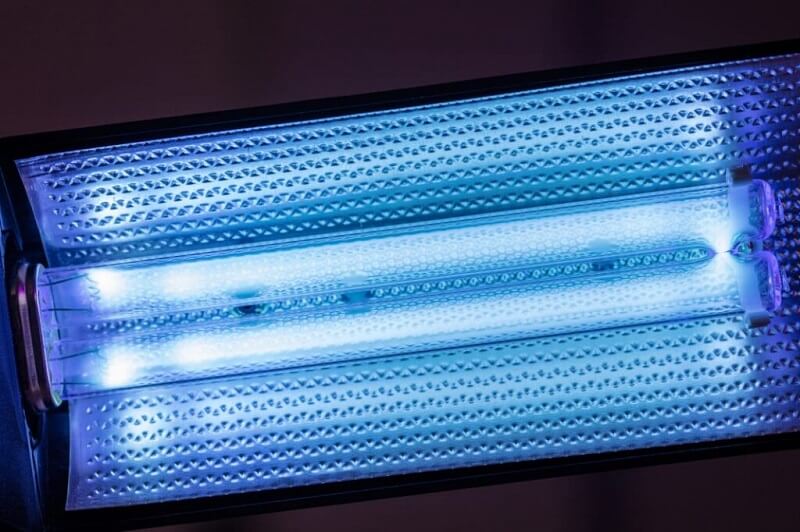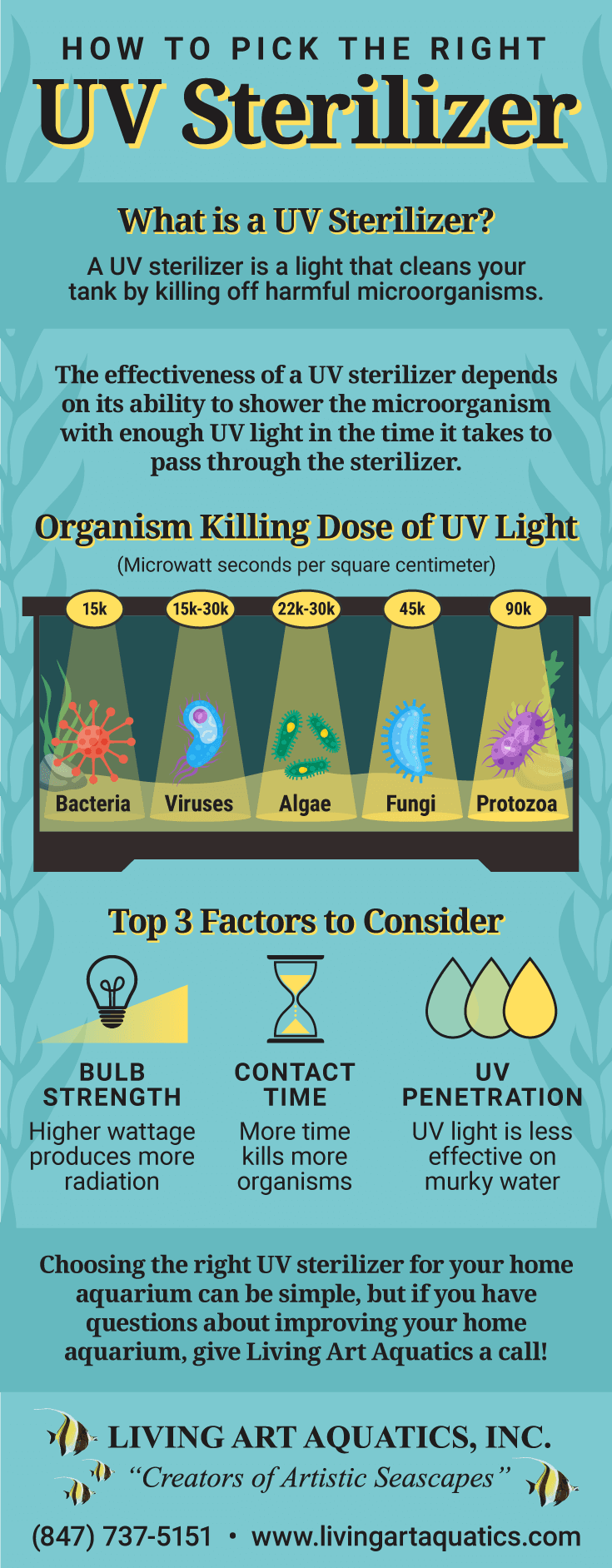The Basic Principles Of Uvc Light
The Basic Principles Of Uvc Light
Blog Article
See This Report about Uvc Light
Table of ContentsThe Of Uvc LightThe Definitive Guide for Uvc LightWhat Does Uvc Light Do?Rumored Buzz on Uvc LightUvc Light - TruthsThe Greatest Guide To Uvc Light
A new kind of ultraviolet light that may be risk-free for people took less than five mins to minimize the degree of indoor airborne microbes by even more than 98%, a joint study by scientists at Columbia College Vagelos University of Physicians and Surgeons and in the U.K. has actually found. Also as microorganisms continued to be splashed into the room, the level stayed extremely low as long as the lights got on.But previously these researches had only been carried out in tiny experimental chambers, not in full-sized spaces simulating real-world problems. In the current research, scientists at the University of St. Andrews, University of Dundee, College of Leeds, and Columbia University examined the efficiency of far-UVC light in a large room-sized chamber with the same air flow price as a typical office or home (about three air changes per hour).
The efficiency of various strategies to reducing indoor virus degrees is typically measured in terms of equivalent air modifications per hour. In this research, far-UVC lamps produced the matching of 184 comparable air exchanges per hour. This exceeds any kind of various other approach to disinfecting occupied indoor rooms, where five to 20 comparable air adjustments per hour is the most effective that can be accomplished virtually.
The Main Principles Of Uvc Light

The main specifications of UV-C sanitation are wavelength, dose, family member humidity, and temperature level. There is no consensus concerning their optimal values, but, as a whole, light at a high dose and a range of wavelengths having 260 nm is favored in a setting at area temperature level with low family member humidity. This light can be produced by mercury-vapour, light-emitting diode (LED), pulsed-xenon, or excimer lamps.
UV-C disinfection systems have promising attributes and the prospective to improve in the future. UV-C sanitation should presently be taken into consideration for low-level rather than high-level disinfection.
Another click resources application occurred in 1910 when UV light was used to disinfect water. The technology was not really dependable at the time and it took better technological growths before UV water sanitation came to be prominent once again in the 1950s [ 2] Nowadays, UV light is used for water, air, food, surface, and clinical tools sanitation.
Excitement About Uvc Light
This results in the disruption of DNA or RNA, leading to the inactivation of the micro-organism. UV-C-induced DNA interruption frequently consists of the bonding of 2 neighbouring thymine (or cytosine) bases instead of the standard linking of a base with its complementary base on the various other strand.

The UV-C area is used for disinfection however there is no consensus on the exact optimal wavelength. Light at 260 nm can create the most interruption. Different micro-organisms are most at risk to a little different wavelengths.
The Main Principles Of Uvc Light
It even has an added benefit by decreasing photoreactivation through a reduction of photolyase [9] On the other hand, it has technological implications since the complete power of the light beam of light is after that split over all present wavelengths. A micro-organism that is vulnerable to 254 nm light will certainly be inactivated a lot more by a lamp that releases solely light at 254 nm than a lamp that produces a wavelength spectrum at equal overall energy.
Direct exposure times of 1045 min for space disinfection and 25 s to 5 minutes for medical tools were encountered in literature. The intensity is inversely symmetrical to the squared range check my blog between the source of light and the surface area and is for that reason specified at the surface in the dosage calculation formula [14]
Further, the result of a lamp reduces in time, so it is advised to determine the dosage at the end of light life, which is agent of a worst-case scenario. The dose likewise influences the amount of photoreactivation. Quek et al. found that the percentage of photoreactivation decreased from 5.31% to 0% for a rise in dosage from 1.6 to 19.7 mJ/cm2 [8]
The influence of temperature depends on the light resource.
Little Known Questions About Uvc Light.


This is understood as much UV-C technology and is a fairly brand-new sanitation method with restricted expertise concerning its performance.
In research, the results on pulsed versus continuous UV-C sanitation effectiveness differ. When contrasting pulsed and continuous light it is crucial to maintain various other variables such as wavelength and dosage constant.
How Uvc Light can Save You Time, Stress, and Money.
In situation ozone is not needed for sanitation, a modified light can be utilized. For mercury-vapour lamps, drugged quartz glass or specialized soft glass can filter out short-wave UV-C light - uvc light.
Report this page